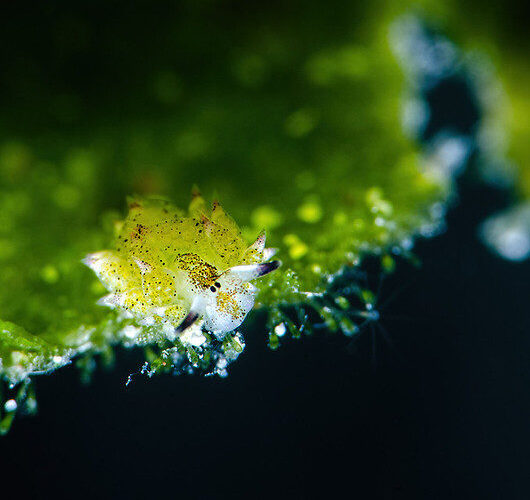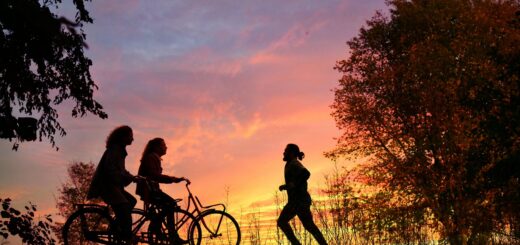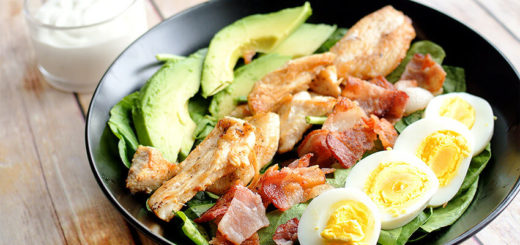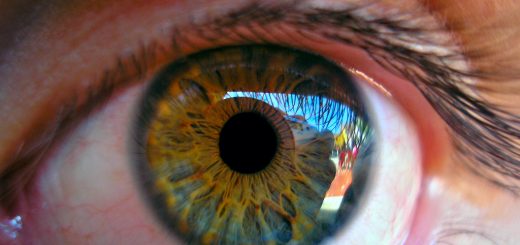Munching on the sun

Tiny and green: the ‘leaf sheep’, or Costasiella kuroshimae, is a species of sea slug that might just qualify as one of the most adorable sea creatures out in the big blue. With a maximum length of up to a centimetre, it looks like a miniature version of Shaun the Sheep, grazing on algae in the sea instead of grass on land like its cartoon lookalike.[1] This sea slug however has a curious trick up its sleeve that very few multi-cellular organisms are capable of.
The leaf sheep’s body is made up of structures called cerata, narrowing appendages on its back that almost emulate the shape of a sheep’s woollen coat. These structures characteristically range from a green to yellow colour for a specific reason. When the leaf sheep feeds on Avrainvillea algae, it absorbs parts of the algae’s cells called chloroplasts and stores them in the cerata. Chloroplasts function as the action site for photosynthesis, the process by which plants produce sugar and hence energy. Within chloroplasts, one can find chlorophyll, a pigment important for absorbing sunlight so that photosynthesis can take place. And, you guessed correctly: different types of chlorophyll give the cerata their distinctive colour!
But why would the little leaf sheep absorb and store chloroplasts in the first place? This is where it gets interesting. Even though the leaf sheep is an animal and not a plant, it can highjack the chloroplasts and use them exactly as the algae did initially: to perform photosynthesis and produce sugar for food. This process is called kleptoplasty, the ability of a host organism to take up chloroplasts and use them to make its own power. Such a form of symbiosis is quite rare, making the leaf sheep special far beyond its appearance.[2]
However, as with many other marine species, sea slugs are subject to the negative consequences of climate change and human behaviour. The warming and increasingly acidic ocean surrounding south-eastern Asia makes living conditions for the leaf sheep inhospitable. Harmful fishing techniques using chemicals and microplastic pollution also threaten the leaf sheep by potentially blocking its digestive system or altering its internal chemistry. Wanting to protect these small creatures is just another great reason why taking care of the climate and the environment is one of the most important challenges of our time.[3]
Edited by Liam Butler
Copy-edited by Claire Thomson
[1] https://nerdist.com/article/leaf-sheep-sea-slugs-photosynthesis/
[2] https://www.bbc.com/travel/article/20210324-the-odd-sea-creature-powered-by-the-sun
[3] https://www.bbc.com/travel/article/20210324-the-odd-sea-creature-powered-by-the-sun






